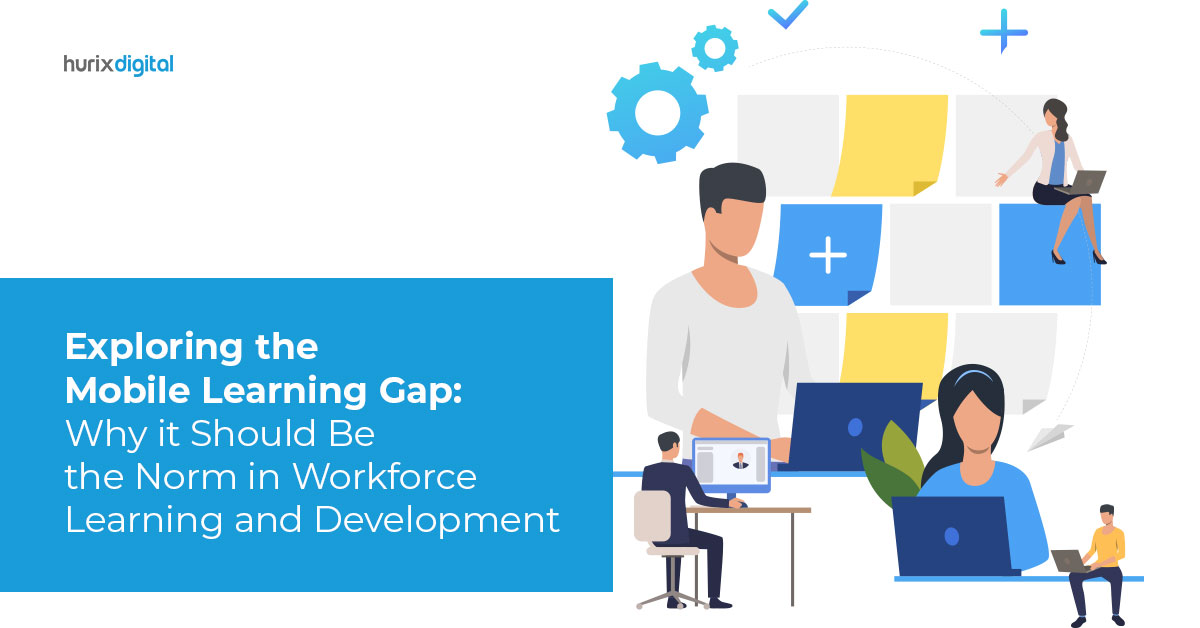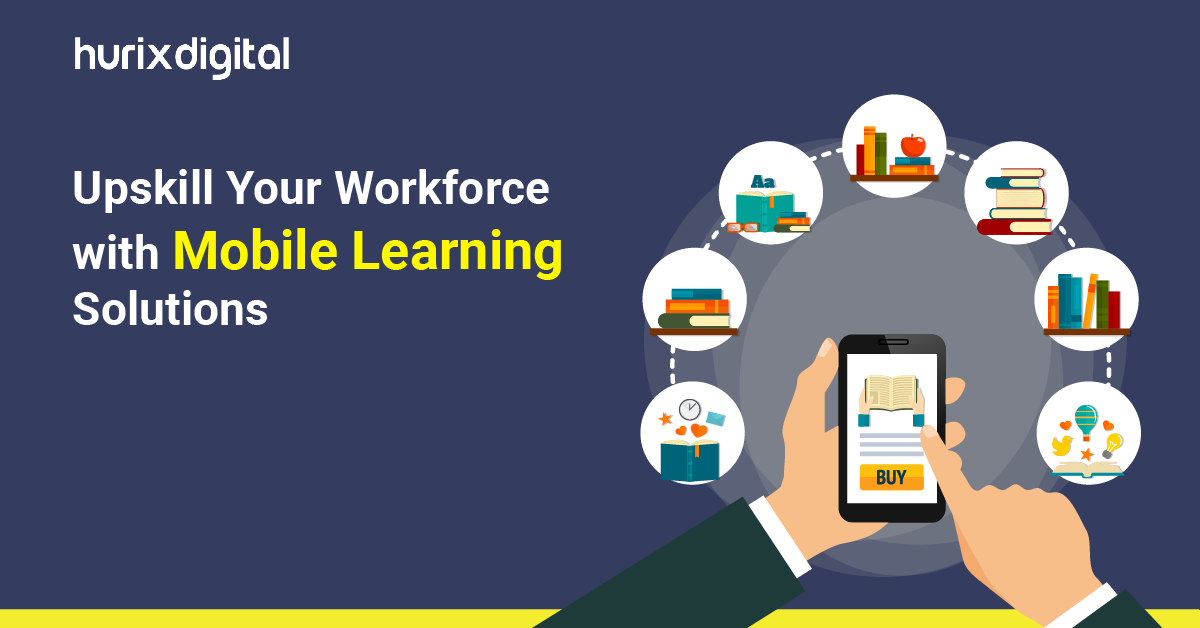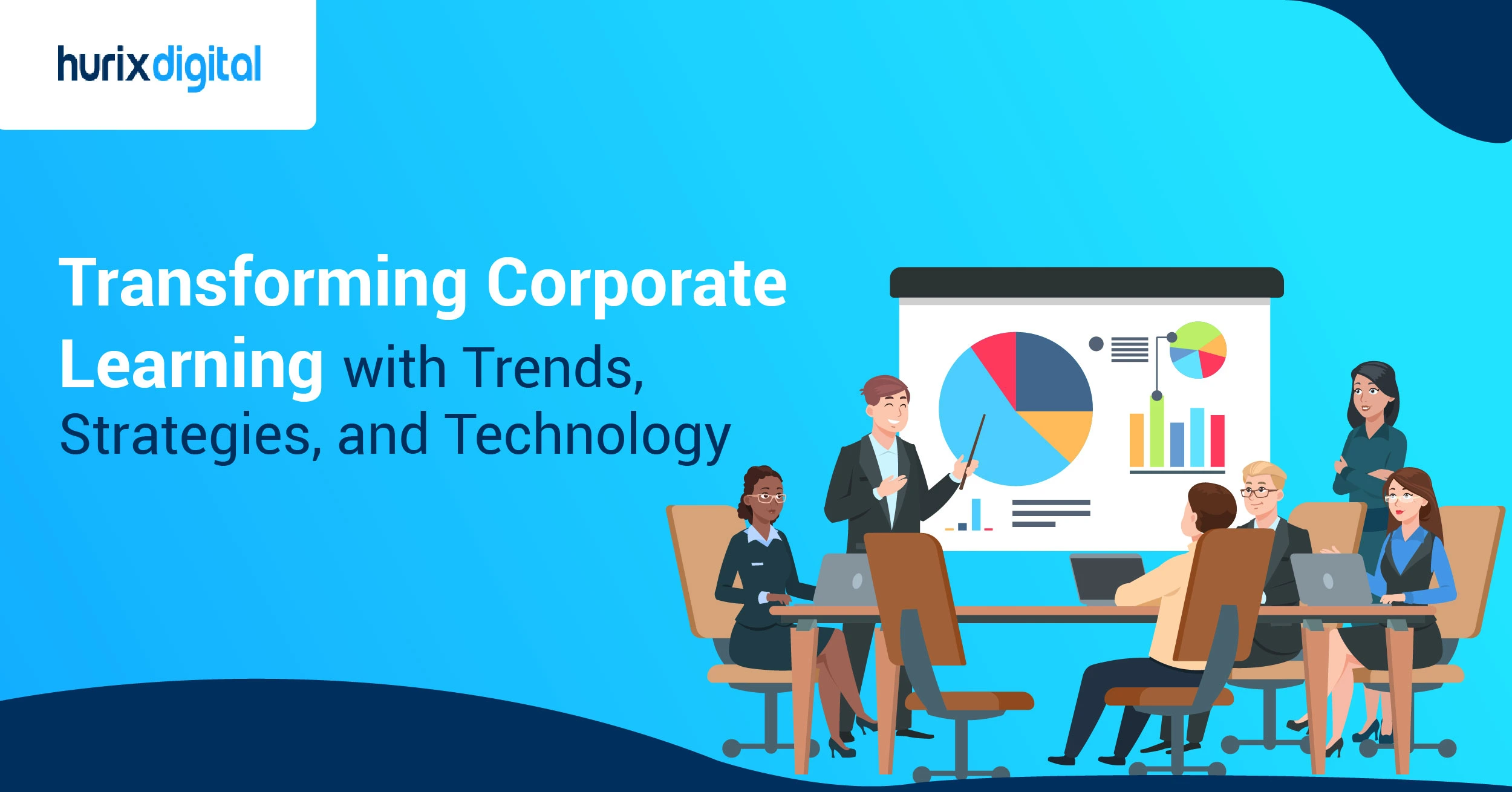
Exploring the Mobile Learning Gap: Why it Should Be the Norm in Workforce Learning and Development
In today’s digital age, mobile devices have become ubiquitous, transforming how we access information, communicate, and learn. The rise of mobile technology has opened up new possibilities for learning and development, yet there exists a significant gap in the widespread adoption of mobile e-learning solutions in workforce training. This article delves into the reasons behind this gap and highlights the potential benefits of mobile learning for employees.
Mobile learning, often referred to as mLearning, harnesses the power of mobile devices to deliver educational content and training materials to learners anytime, anywhere. Mobile learning platforms offer a flexible and convenient approach to workforce training, given the popularity of smartphones and tablets. Employees can access digital learning solutions and e-learning services directly on their mobile devices, eliminating the constraints of time and location.
Table of Contents:
Top 5 Mobile Learning Benefits for Employees
Implementing mobile learning solutions can yield numerous benefits for employees in the workforce, such as:
1. Enhanced Accessibility
One of the key advantages of mobile learning is its unparalleled accessibility. Employees can engage in learning activities on their mobile devices during their commute, while traveling, or during breaks. This accessibility ensures that learning opportunities are not limited by time or location, allowing employees to maximize their downtime and optimize their learning experience.
2. Microlearning for Just-in-Time Learning
Mobile learning applications excel in delivering bite-sized, easily digestible content known as microlearning. This approach provides employees with targeted information and quick refreshers on specific topics whenever they need it. Whether it’s accessing a short video tutorial, reviewing job aids, or referring to performance support materials, mobile learning enables just-in-time learning, ensuring employees have immediate access to the knowledge they require in their day-to-day tasks.
3. Engaging and Interactive Content
Mobile learning platforms leverage the unique features of mobile devices, such as touchscreens, multimedia capabilities, and interactive elements, to create engaging and interactive learning experiences. Employees can participate in interactive quizzes, simulations, and gamified activities that enhance their engagement and motivation. This interactivity reinforces learning and makes the learning experience enjoyable and immersive.
4. Personalized and Adaptive Learning
Mobile learning applications can be designed to offer personalized and adaptive learning experiences. Through features like user profiles, learning preferences, and performance tracking, mobile learning platforms can deliver content tailored to each employee’s needs and learning style. This personalization ensures that employees receive relevant and targeted learning materials, promoting a more effective and efficient learning journey.
5. Collaborative Learning and Social Interaction
Mobile learning platforms facilitate collaborative learning and social interaction among employees. Features such as discussion boards, social learning communities, and chat functions enable employees to connect, share knowledge, and learn from their peers. This fosters a sense of community and engagement within the organization, promoting a culture of continuous learning and knowledge sharing.
Impact of Mobile Learning Applications
The true potential of mobile learning can be realized through mobile learning applications designed for the purpose. Such applications have the potential to revolutionize workforce learning and development. These applications enable learners to engage with content in bite-sized formats, making it easier to grasp and retain information. Additionally, interactive elements such as quizzes, simulations, and gamification enhance learner engagement and motivation. The versatility of mobile learning platforms allows for personalized learning experiences tailored to individual needs and preferences.
Also Read: Benefits & Use Cases of Mobile Learning in Enterprise Training
4 Mobile Learning Gaps to Look Out for
Despite the evident advantages of mobile learning and the ubiquitousness of mobile devices, a significant gap exists in the widespread adoption of mobile learning solutions in workforce training. Let’s explore some of the reasons behind this gap in adoption:
1. Lack of Awareness and Understanding
One of the primary reasons for the mobile learning gap is the lack of awareness and understanding among organizations regarding the potential of mobile learning solutions. Many companies still rely on traditional training methods and may be hesitant to invest in new technologies. Decision-makers and learning and development professionals may not be fully aware of the benefits and impact that mobile learning can have on employee performance and engagement. As a result, they may overlook or underestimate the value of incorporating mobile learning into their training strategies.
2. Perceived Complexity and Implementation Challenges
Another challenge hindering the adoption of mobile learning in the workforce is the perceived complexity and implementation challenges associated with mobile learning platforms. Organizations may believe integrating mobile learning into their existing infrastructure and systems will require significant effort, resources, and technical expertise. Concerns about data security, compatibility issues with existing systems, and the need for specialized skills to develop mobile learning applications can further discourage organizations from embracing mobile learning solutions.
3. Resistance to Change and Cultural Factors
Resistance to change is a common hurdle in the adoption of any new learning approach, including mobile learning. Organizations that have traditionally relied on classroom-based or e-learning solutions may be resistant to shifting towards mobile learning due to a resistance to change. There may also be cultural factors at play, where employees and management are accustomed to traditional learning methods and are hesitant to embrace a new paradigm. Overcoming resistance to change and fostering a culture that embraces innovation and continuous learning is essential in bridging the mobile learning gap.
4. Budgetary Constraints
Budgetary constraints can also impact the adoption of mobile learning solutions in the workforce. Organizations may view integrating mobile learning platforms as an additional expense, requiring investment in development, implementation, and maintenance. Limited budgets or a lack of dedicated resources for learning and development initiatives can pose challenges in allocating funds specifically for mobile learning. Organizations need to recognize the long-term benefits and return on investment that mobile learning can provide and allocate appropriate resources accordingly.
To address the mobile learning gap and embrace the benefits it offers, it is crucial to educate organizations about the advantages of mobile learning and its impact on employee performance and productivity. By showcasing successful case studies and demonstrating the return on investment, L&D can instill confidence in organizations to adopt mobile learning solutions. Additionally, collaborating with reputable providers of e-learning services can provide just the right amount of support you need to implement effective mobile learning platforms tailored to your organization.
Also Read: 8 Reasons to Transform Your Learning Content to Mobile Learning Nuggets
Conclusion
Mobile learning has the potential to revolutionize workforce learning and development. Its flexibility, accessibility, and engagement-driven approach make it an ideal solution for the modern workplace. By recognizing the benefits of mobile learning and leveraging the expertise of e-learning companies, organizations can bridge the mobile learning gap and embark on a transformative learning journey for their employees.
Are you ready to unlock the power of mobile learning in your organization? Partner with Hurix Digital’s workforce learning and development team to explore innovative mobile learning solutions tailored to your needs. Contact us today at marketing@hurix.com to embark on a journey of enhanced employee performance, productivity, and engagement.

Performance, Results, Growth, and Life-Long Learning define my professional life. I am passionate about making workplace learning planful, purposeful, and impactful. I take pride in partnering with clients and bringing them the best in learning design and creating solutions that address business challenges.








